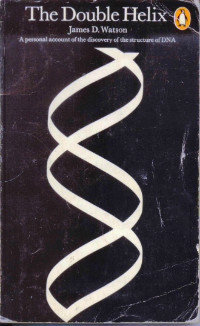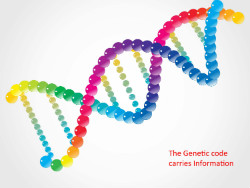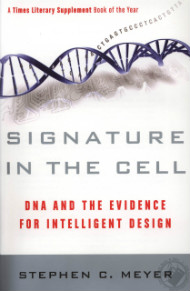Unravelling the DNA Story with Humility or Hubris
 Just over 60 years ago, in April 1953, two brilliant scientists, Francis Crick and James Watson, in an astonishing piece of chemical detective work at Cambridge University, unravelled the molecular structure of DNA. With that discovery came an explanation of how genetic information is passed from generation to generation, a phenomenon which is now taught in school biology classes.
Just over 60 years ago, in April 1953, two brilliant scientists, Francis Crick and James Watson, in an astonishing piece of chemical detective work at Cambridge University, unravelled the molecular structure of DNA. With that discovery came an explanation of how genetic information is passed from generation to generation, a phenomenon which is now taught in school biology classes.
Today we talk about DNA as if we knew all there is to know about it. But Philip Ball, a freelance science writer, in an article in Nature in 2013 entitled ‘Celebrate the Unknowns’, strikes a much more cautious note. He writes: ‘We do not know what most of our DNA does, nor how, or to what extent it governs traits.' [1]
The danger of academic arrogance is clear to see. The now discredited ‘junk DNA’ hypothesis – that 98% of our DNA is inactive - was promoted for many years as the knock-down argument for evolution. It is now being quietly buried as the ENCODE project has shown that much, if not all, of our DNA is active.
 Humility rather than hubris is what is needed in thinking about the awesome complexity of DNA. Each of the 50 - 100 trillion cells in our body each carries a full set of genetic information in its 6 feet of DNA. And it is fearfully complicated in its copying, correcting and transmitting of the information which builds human beings.
Humility rather than hubris is what is needed in thinking about the awesome complexity of DNA. Each of the 50 - 100 trillion cells in our body each carries a full set of genetic information in its 6 feet of DNA. And it is fearfully complicated in its copying, correcting and transmitting of the information which builds human beings.
While Crick and Watson solved the mystery of the chemical structure of DNA in 1953, they uncovered another and, arguably,  a greater puzzle– the origin of genetic information. In his iconic 2009 book, ‘Signature in the Cell’, Dr Stephen Meyer argues that the existence of genetic information in DNA points to an intelligent mind and lends high credibility to the position of Intelligent Design (ID). I agree, and taken with all the other evidence of design in nature, argue that it adds up to a very convincing case.
a greater puzzle– the origin of genetic information. In his iconic 2009 book, ‘Signature in the Cell’, Dr Stephen Meyer argues that the existence of genetic information in DNA points to an intelligent mind and lends high credibility to the position of Intelligent Design (ID). I agree, and taken with all the other evidence of design in nature, argue that it adds up to a very convincing case.
Maybe one of the reasons we know so little about DNA is that we have defined science in a way that excludes investigation of its most obvious feature – that its information content isthe product of an intelligent mind.
Dr Alastair Noble
Director
[1] Nature, 23rd April, p419
Image credits:
Thumbnail - courtesy of signatureinthecell.com - adapted
The Double Helix - Penguin Press
DNA Schematic - from GraphicStock.com
Signature in the Cell - Haper Collins Publishers Inc., 2010